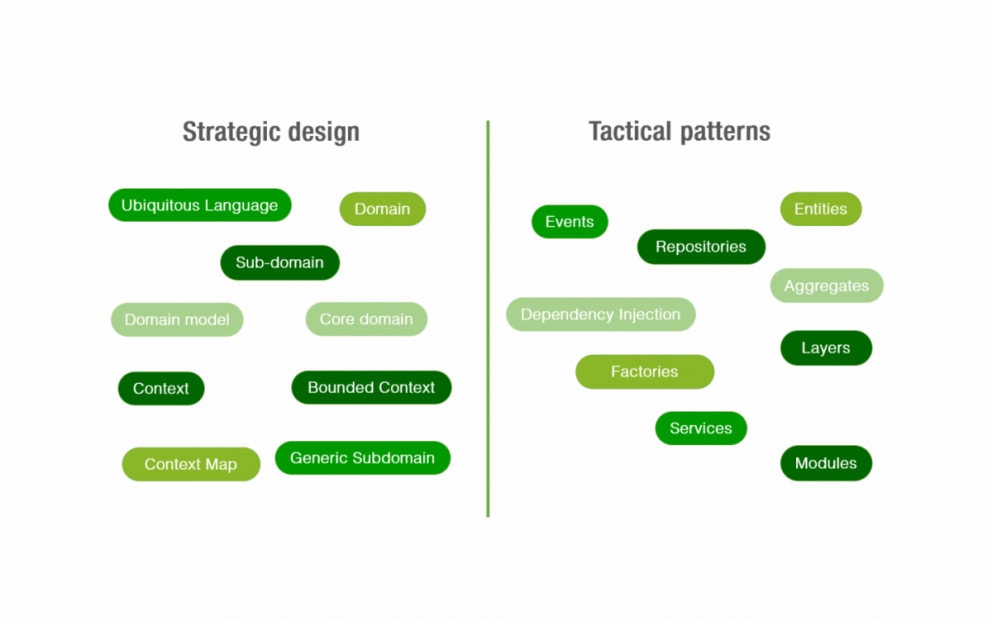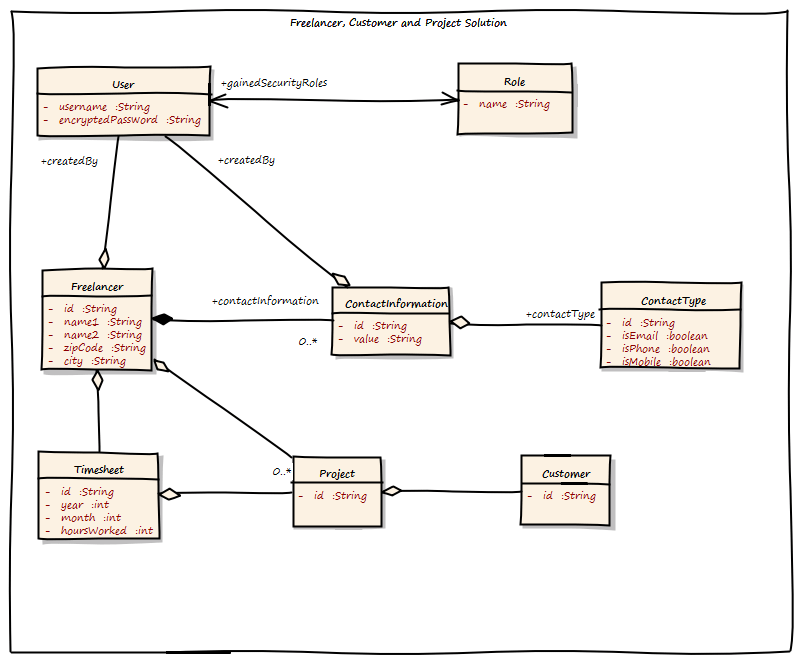Table Of Content

In that case, taking on technical debt by going with data-sharing as a TEMPORARY solution could be taken into consideration. Sometimes one domain depends on certain information and actions, that originated in another domain, for which communication between domains is needed. To follow the Single-Responsibility-Principle the model should only contain what is related to a specific context. Domains are built around product use-cases that solve an overall product goal — you won’t call a project a domain that just holds a set of utility functions. To sum it up, the cooperation of all domains is what keeps your system running.
Model-driven engineering and architecture

Of course many things can put a project off course, bureaucracy, unclear objectives, lack of resources, to name a few, but it is the approach to design that largely determines how complex software can become. When complexity gets out of hand, the software can no longer be understood well enough to be easily changed or extended. By contrast, a good design can make opportunities out of those complex features. DDD provides a structure of practices and terminology for making design decisions that focus and accelerate software projects dealing with complicated domains. Domain-Driven Design is not any particular technology or methodology.
User Interface
In Domain-Driven Design (DDD), tactical design patterns are specific strategies or techniques used to structure and organize the domain model within a software system. These patterns help developers effectively capture the complexity of the domain, while also promoting maintainability, flexibility, and scalability. Expanding on our previous article that covered Object-Oriented Analysis and Design (OOAD), today's article will explore domain-driven design (DDD). DDD is a software development approach that uses and builds upon OOAD principles and ideas, so it's the next logical topic for us to dive into. When modeling a design of software you need to keep business domain/process in the center of attention rather than data structures, data flows, technology, internal and external dependencies.
Aggregate
The lack of a shared problem domain understanding between the people who need a particular system and the people who are designing and implementing the system seems to be a core impediment to successful projects. Domain Driven Design is a methodology to address this impediment. There’s a gap between the terminology used in daily discussions and the terms used in the code. That’s why it’s necessary to define a set of terms that everyone uses. All the terms in the ubiquitous language are structured around the domain model. However, complexity is the problem that domain-driven design should solve.
What is DDD
The Ubiquitous Language (which is a fancy DDD term for the common language that best describes the domain model concepts) can only be learned by talking with the domain experts. Once agreed upon, it enables developers to connect what the software implementation to what actually occurs in the real world. The term microservices gets discussed at a workshop of software architects near Venice, to describe a common architectural style that several of them were exploring at the time.
Technical Drawbacks
For example, an online retail store could have a product catalog, inventory, and delivery as its subdomains. Using microservices means creating applications from loosely coupling services. The application consists of several small services, each representing a separate business goal. They can be developed and easily maintained individually, after what they are joint in a complex application.
Repository offer an interface to retrieve and persist aggregates. ⚠️ Even though aggregates help managing the life cycle by defining ownership and boundaries, they know nothing about the details of the infrastructure and belong in the domain layer. An Entity is an object defined primarily by its identity, rather than specific attributes.
Elixir: Domain Driven Design with Actor Model - hackernoon.com
Elixir: Domain Driven Design with Actor Model.
Posted: Fri, 12 May 2017 07:00:00 GMT [source]
DDD stresses doing them in software, and evolving them during the life of the software product. Eric is a strong proponent of Extreme Programming and sees Domain-Driven Design as a natural component of an extreme programming approach - a view shared by most XP practitioners I know. This part also contains services with defined operational behavior that don’t have to be a part of any domain. They shouldn’t deprive entities and value objects of their clear accountability and actions. The history of that instance during the lifetime of the application shouldn’t be a problem.
Sam Newman on Information Hiding, Ubiquitous Language, UI Decomposition and Building Microservices - InfoQ.com
Sam Newman on Information Hiding, Ubiquitous Language, UI Decomposition and Building Microservices.
Posted: Mon, 27 Sep 2021 07:00:00 GMT [source]
README.md
To do this, we separate the management of the life cycle (i.e. persisting objects) from the business logic. A „product“ will be a very common term in that system but it would mean different things in different contexts and domain models. In the sales context, you will be interested in attributes like the price per item whereas the warehouse model isn’t concerned with that data point.
The domain service is an additional layer that also contains domain logic. It’s part of the domain model, just like entities and value objects. At the same time, the application service is another layer that doesn’t contain business logic. However, it’s here to coordinate the activity of the application, placed above the domain model. Event-driven architecture is gaining traction as it enables systems to react and respond to events occurring within the domain.
You cannot create a banking software system unless youhave a good understanding of what banking is all about, one mustunderstand the domain of banking. Domain-Driven Design has introduced me to a world of software architecture, patterns and principles that I might not have naturally started learning until much later. This is where we locate domain logic that doesn't belong to any one object conceptually. These are a collection of entities are that bound together by an aggregate root. The aggregate root is the thing that we refer to for lookups. No members from within the aggregate boundary can be referred to directly from anything external to the aggregate.

No comments:
Post a Comment